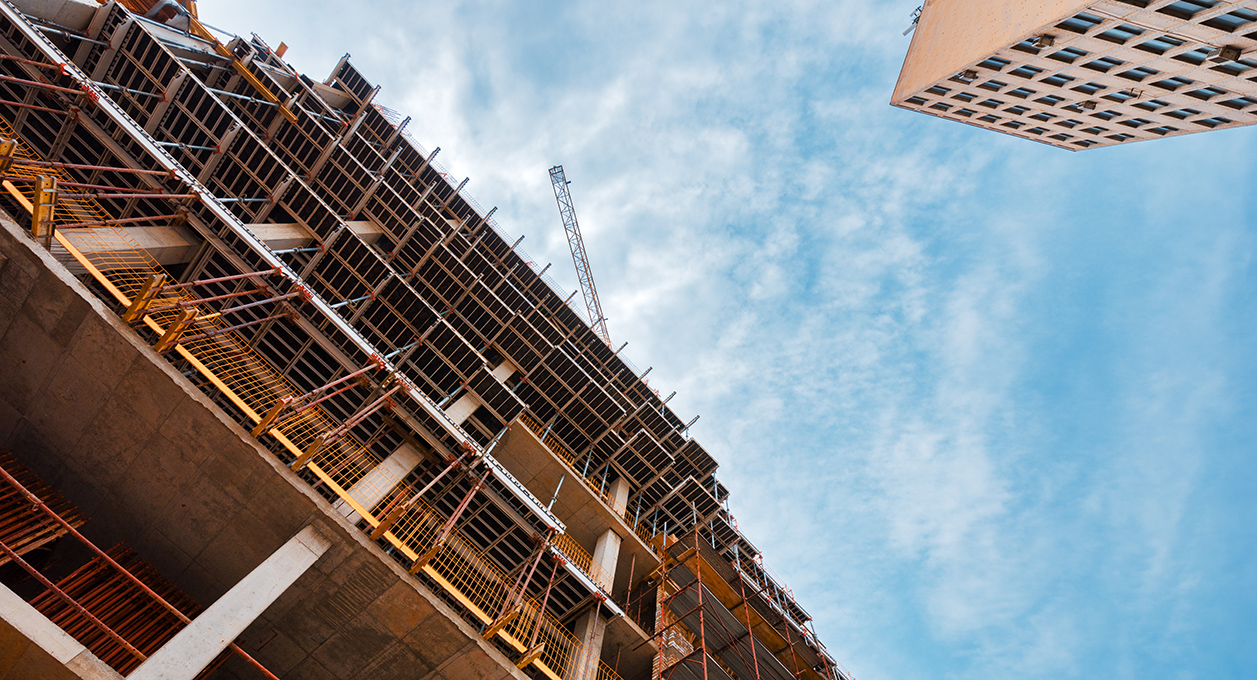Scaffold design is a complex and often painstaking business, involving a fairly weighty set of calculations intended to demonstrate the strength and stability (or otherwise) of the proposed structure.
It is a matter of legal compliance that all scaffolds have to be able to demonstrate they conform to minimum standards, which in practice sounds as if there is no option but to carry out all of these design calculations every time you plan to put up a piece of scaffolding.
However, the relevant legislation, the Work at Height Regulations 2005, does make one concession on this. It states that scaffolds may legally be erected without a thorough bespoke design (including calculations) so long as they conform to a ‘generally recognised standard configuration’.
The question then is – what is a generally recognised standard configuration?
The regulations themselves do not provide a clear answer on this, which is problematic for building firms and the scaffolding contractors they hire wondering if they need to draw up a bespoke design from scratch or not. However, the NASC has done a lot of work in this area under the remit of its technical guidance documentation TG20, drawing up evidence-based plans for tube and fitting scaffold configurations which are now considered an authoritative standard compliant with the terms of the 2005 regulations.
In other words, if you base your scaffolding on one of the TG20 plans, you do not need to bother with all of the bespoke design and calculations yourself – the NASC has done it for you. For building contractors, the main benefit of this is reducing costs, because your scaffolding contractor won’t need to spend so much time on the design side.
Compliance
The latest version of the TG20 guidance, TG20:13, outlines more than 10 configurations, including independent tied access scaffolds up to 50m in height, interior birdcage scaffolds, lift shaft scaffolds and chimney stack scaffolds. Compliance sheets are made available with each configuration so contractors can demonstrate their structure meets the standard.
Another situation where bespoke design is not required is if system scaffolds are being used, Ally Towers, Haiki Systems, Pulse Eight Scaffolding and so on. Here, manufacturer’s instructions are interpreted as establishing the ‘generally recognised standard configuration’ – so as with the TG20 compliance sheets, as long as you follow the instructions, you remain compliant.
Despite all of this, it should be pointed out that these ‘pre-compliant’ standard configurations only cover a relatively small proportion of the most common scaffolding use cases. In the vast majority of more specialised cases, and even when it is necessary to amend an otherwise standard design for some reason – for example, by adding a load bay – it will be necessary to literally go back to the drawing board and have a bespoke design drawn up from scratch.
Another requirement of the 2005 regulations is that bespoke designs must be drawn up by a ‘competent person’, so check the credentials of your scaffolding services provider in advance and make sure they are accredited accordingly.
JPS Group provides a wide range of professional services to the buildings and construction trade, including scaffolding design and erection, tool and plant hire, environmental services and training. View more here.




